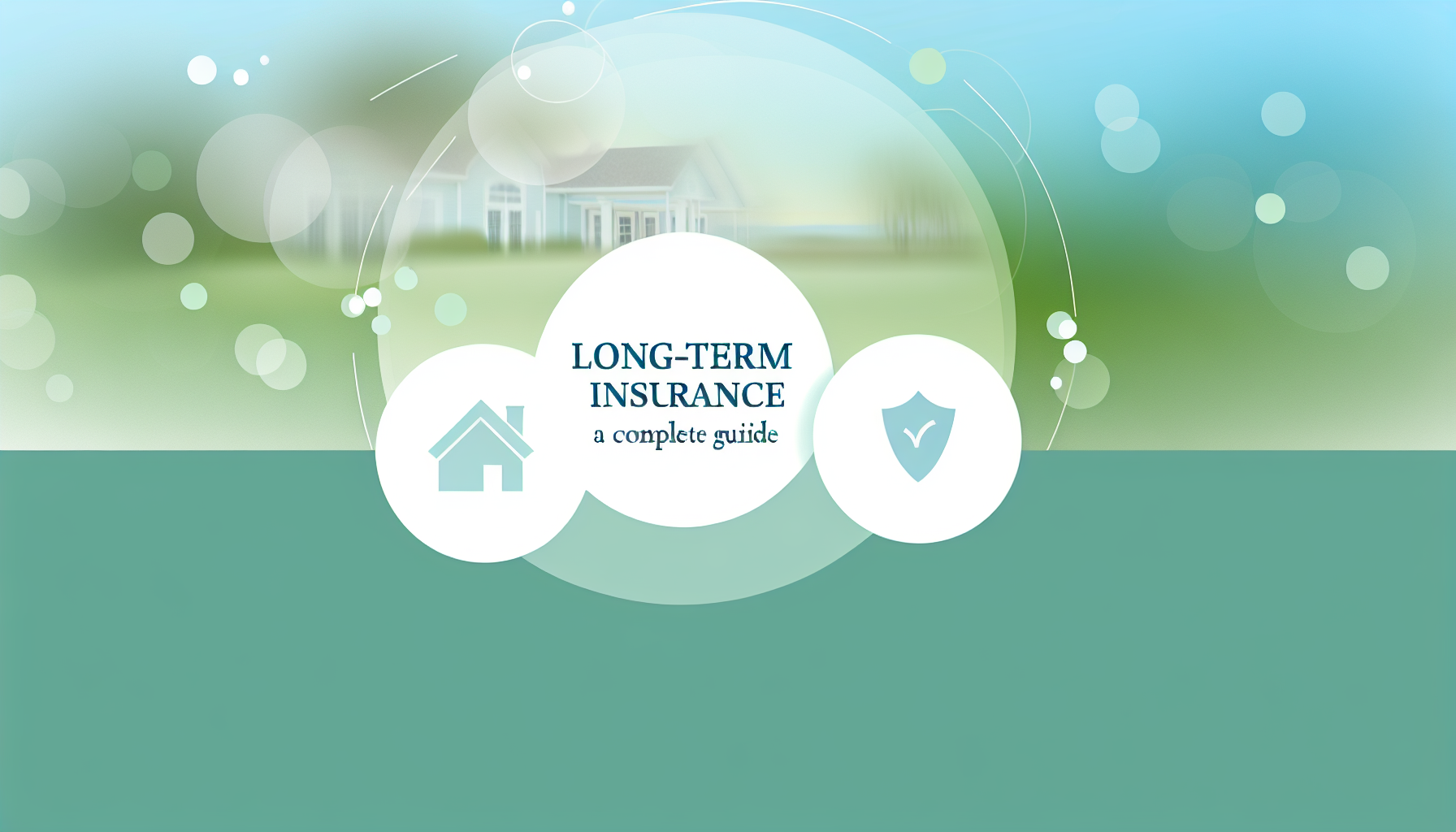 Back to
blogs
Back to
blogs

Learn how long-term care insurance can help with assisted living costs.
How to use long-term care insurance to pay for assisted living.
Long-term care insurance for assisted living is one of the most effective ways families can fund high-quality senior care. As the cost of assisted living continues to rise, many families find themselves searching for affordable solutions that won't compromise on comfort or security for their loved ones. In this guide, we explore how long-term care insurance works, what it covers, and how it can open doors to safe, fulfilling assisted living communities.
Assisted living provides a supportive environment for seniors who need help with daily activities, but do not require the intensive medical care of a nursing home. Navigating financial options, including insurance, is crucial for choosing the right residence and lowering out-of-pocket costs.
| Pros | Cons | |
|---|---|---|
| Traditional Long-Term Care Insurance | - Provides dedicated coverage for assisted living and other care settings - Can help preserve family assets and reduce stress during care transitions | - Can be expensive; premiums may increase over time or with age if not locked in - Requires health underwriting, meaning pre-existing conditions could make coverage difficult to obtain |
| Hybrid Life/LTC Insurance | - Combines life insurance with long-term care benefits - If care is never needed, beneficiaries receive a death benefit | - May come with higher initial premiums or require a lump-sum contribution - Long-term care benefits may be lower than traditional LTC policies |
| Feature | Long-Term Care Insurance for Assisted Living | Alternative (Private Pay/Medicaid) |
|---|---|---|
| Monthly Cost | Policy premiums typically range from $100 to $400/month (policyholder), benefit payouts can cover $3,000–$7,000+/month of care | Out-of-pocket (no insurance): $4,500–$8,000/month on average for assisted living; Medicaid only in select communities and after spend-down |
| Care Level | Supports ADLs, memory care, or skilled nursing as specified in the policy; flexible trigger criteria | Limited by financial resources; Medicaid acceptance required for coverage, with stricter level-of-care standards |
| Asset Protection | Helps safeguard retirement savings and may delay Medicaid spend-down requirements | Personal assets depleted first; Medicaid kicks in only after asset and income limits are met |
Assisted living communities themselves vary greatly in price, but the nationwide median is approximately $4,800/month (Genworth 2023 Cost of Care Survey). Long-term care insurance can dramatically reduce or entirely eliminate these monthly out-of-pocket costs, depending on your policy details.
Long-term care insurance is a private insurance product designed to pay, up to a policy’s limits, for services that assist with activities of daily living such as bathing, dressing, eating, and mobility. Most modern policies include benefits for assisted living, allowing seniors to use their coverage to pay for qualified residential care provided they cannot perform two or more ADLs without help, or have cognitive impairment.
Unlike Medicaid, which is income- and asset-tested and accepted at only some facilities, long-term care insurance pays for care in a much wider range of settings (including more desirable or private-pay communities). It helps protect personal assets and provides greater choice, but requires advance planning and insurability.
Premiums are based on your age, health, benefit amount, and optional riders. A 60-year-old in good health can expect to pay $3,000–$5,000 per year for a moderate benefit policy. The cost of assisted living averages $4,800/month, so the right policy can provide substantial monthly savings when activated.
If you have assets to protect, prefer a wider choice of care communities, and want predictable costs for assisted living, long-term care insurance can be a wise investment. It is best for people who plan early, before chronic health issues develop.
Yes. Covered services typically include room and board, meals, medication reminders, assistance with personal hygiene, housekeeping, transportation, and sometimes memory care. Always review your policy for specific inclusions or exclusions.
Long-term care insurance for assisted living is a private insurance plan that helps cover the costs of assisted living services, such as help with daily activities, meals, and supervision, when a policyholder is no longer able to manage independently. These benefits are paid directly to the policyholder or facility up to the policy’s limits once eligibility requirements are met (e.g., inability to perform two or more ADLs).
Long-term care insurance for assisted living provides families with financial stability, flexibility, and peace of mind as they navigate the challenges of aging. By covering the high costs of assisted living, insurance minimizes the risk of draining family assets or resorting to lower-quality alternatives. Early planning and careful policy selection are vital.
For personalized guidance, explore our expert resources or visit the National Institute on Aging for unbiased advice on long-term care planning.